The Art and Science of Healing Since Antiquity. By Daya Ram Varma, MD, PhD. www.Xlibris.com, 2011.
***
Why should a book on the history of medicine be reviewed in a magazine mainly dealing with the arts, culture and politics? Because this book has it all: an insight into the art of healing, an understanding of how culture can advance or hinder medical science and a mordant analysis of how politics can affect, for better or for worse, the health of a nation’s citizens.
First of all, a word about the author. Indian-born Daya Varma is a Professor Emeritus of McGill University in Montreal, world renowned medical school. He is best known for his research in pharmacology and for his scientific and humanitarian work involving longitudinal studies of the survivors of the Union Carbide tragedy in Bhopal, India, which killed thousands of people. He is also known for his political activism which, as far as he is concerned, should never be divorced from his work as a scientist. His book reflects these concerns.
The initial chapters explain how medicine, being both an art as well as a science, branched into different schools, a phenomenon not seen in other scientific disciplines. Dr. Varma also traces the influence of sociopolitical determinants on medical advances. He emphatically differentiates what he calls “witchcraft” from what he calls materialist medicine, but fails to make a feminist analysis of how witches in medieval Europe were persecuted, not because they might be poor healers, but because of the threat they posed to a patriarchal and ecclesiastical political order. Women who could not only heal, within the limits of the knowledge of their times, but also provide contraception and abortions, were a threat to male authority.
The author also lumps major alternative healing systems such as Ayurveda, Chinese medicine and acupuncture, homeopathy and Unani-Tibb or Islamic medicine under the generic term of witchcraft, which is an extreme simplification of a very complex reality. After all, there are many modern scientific studies validating the benefits of acupuncture in pain management and anesthesia, the blood-pressure lowering effects of meditation and the possible benefits of the blood-thinners present in the saliva of leeches for the treatment of strokes. Varma is rather dismissive of all alternative therapies and seems to allow no room for the mind-body connection in healing, which is rather strange considering that he recognizes that medicine is both an art as well as a science. On the other hand, he does a wonderful job of explaining the therapeutic mechanisms of pharmacological substances in a manner which a lay person can easily grasp. And his warning against being seduced by therapies that are not evidence-based is a point well taken. He also warns his readers that natural substances can be as toxic and harmful as their synthetic counterparts. Varma very rightly concludes that people resort to charlatans and unproven remedies because mainstream medicine might not be easily available to them or because the limits of science have failed them.
One of the postulates of this richly-documented book is that modern medicine did not start with the Greeks, but actually had its birth before that, in ancient civilizations like the ones that thrived in the Gangetic Plain, the Yang-Tse River Basin and the Nile Valley. For Varma, the true birthplace of modern medicine is Egypt, not Greece. The author, however, explains that there are gaps in the evolution of modern medicine, most probably due to the material conditions prevailing then. For science to be able to develop, a capitalist mode of production is necessary, and that requires going beyond feudalism. This explains why, according to Varma, Europe produced so much in terms of scientific discovery when it outgrew its feudal economy and why the United States, with its importation of European brains and the absence of a feudal past, has become a leader in medical research and technology. However, Daya Varma is quick to point out that in spite of being such a rich country, the United States has failed to look after the health of all of its citizens unlike Cuba, which has one of the best public health systems in the world.
Another important message contained in The Art and Science of Healing Since Antiquity is that countries can, and should, mobilize their resources in looking after the health of their citizens the way they mobilize resources during natural disasters or catastrophes.
This richly-documented book is a treasure-trove of information on the history of epidemics, diseases, discoveries, medicaments, theories and myths. It is also a brilliant collection of memorable quotes, paired in opposites, opening each chapter. Einstein, Marx, Engels and Shelley are equally pressed into service to illustrate the novel ideas of a book which is a delight to read and difficult to put down. The author’s humour and originality trump the minor errata and typos apparent in the preliminary version available to this reviewer. These will, however, be eliminated from the final edition.
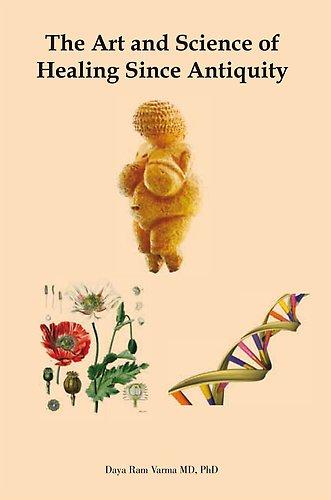



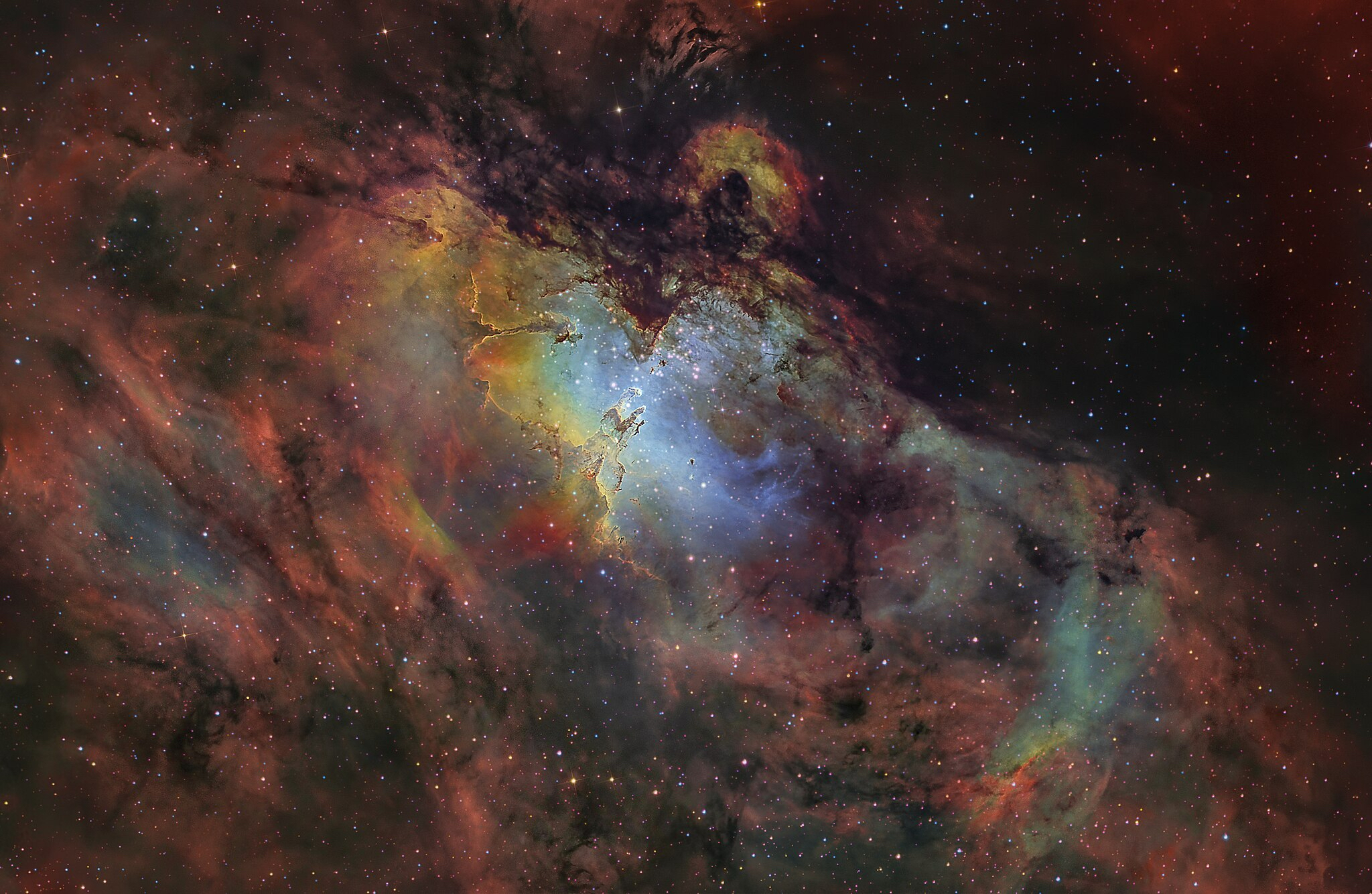
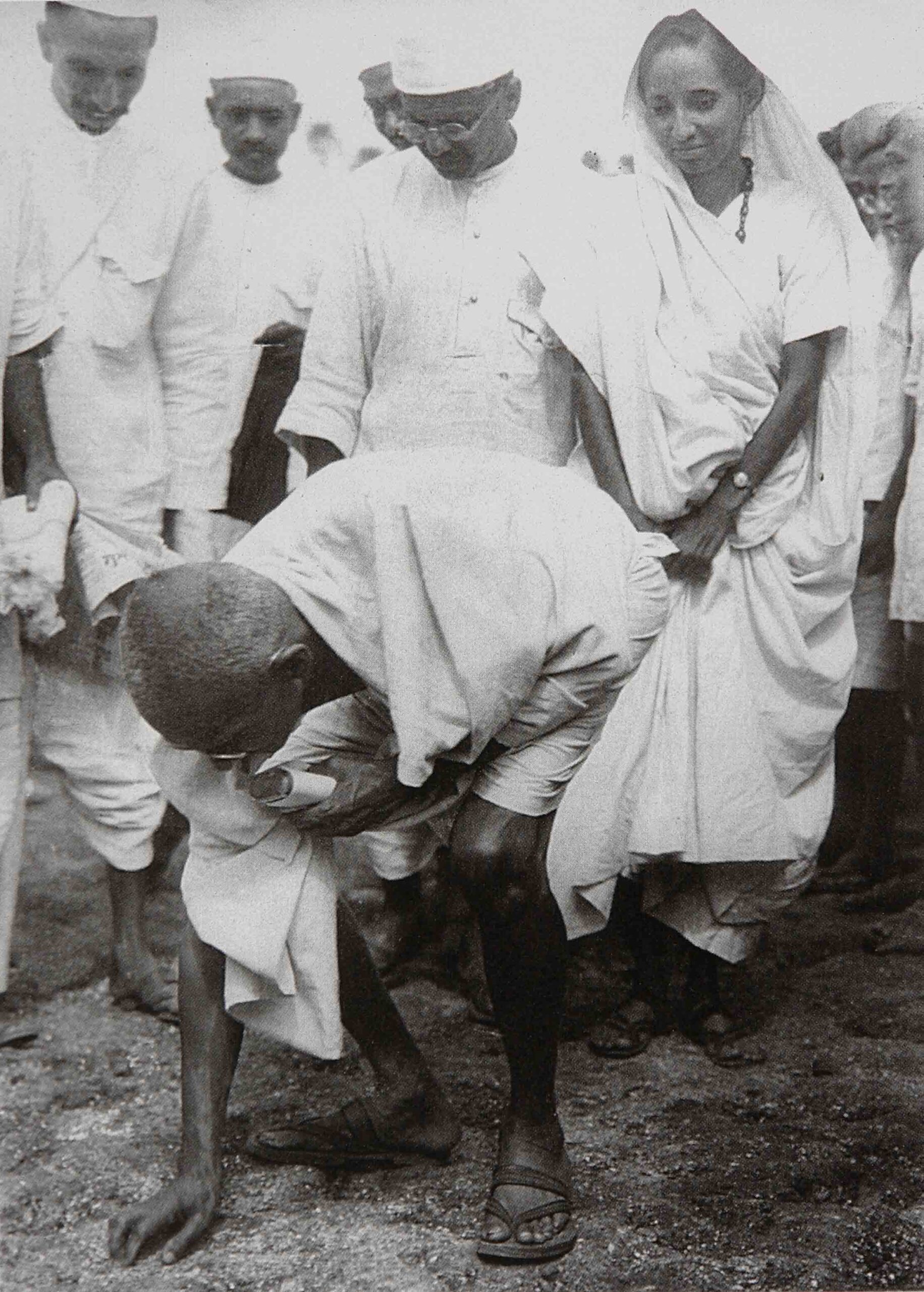
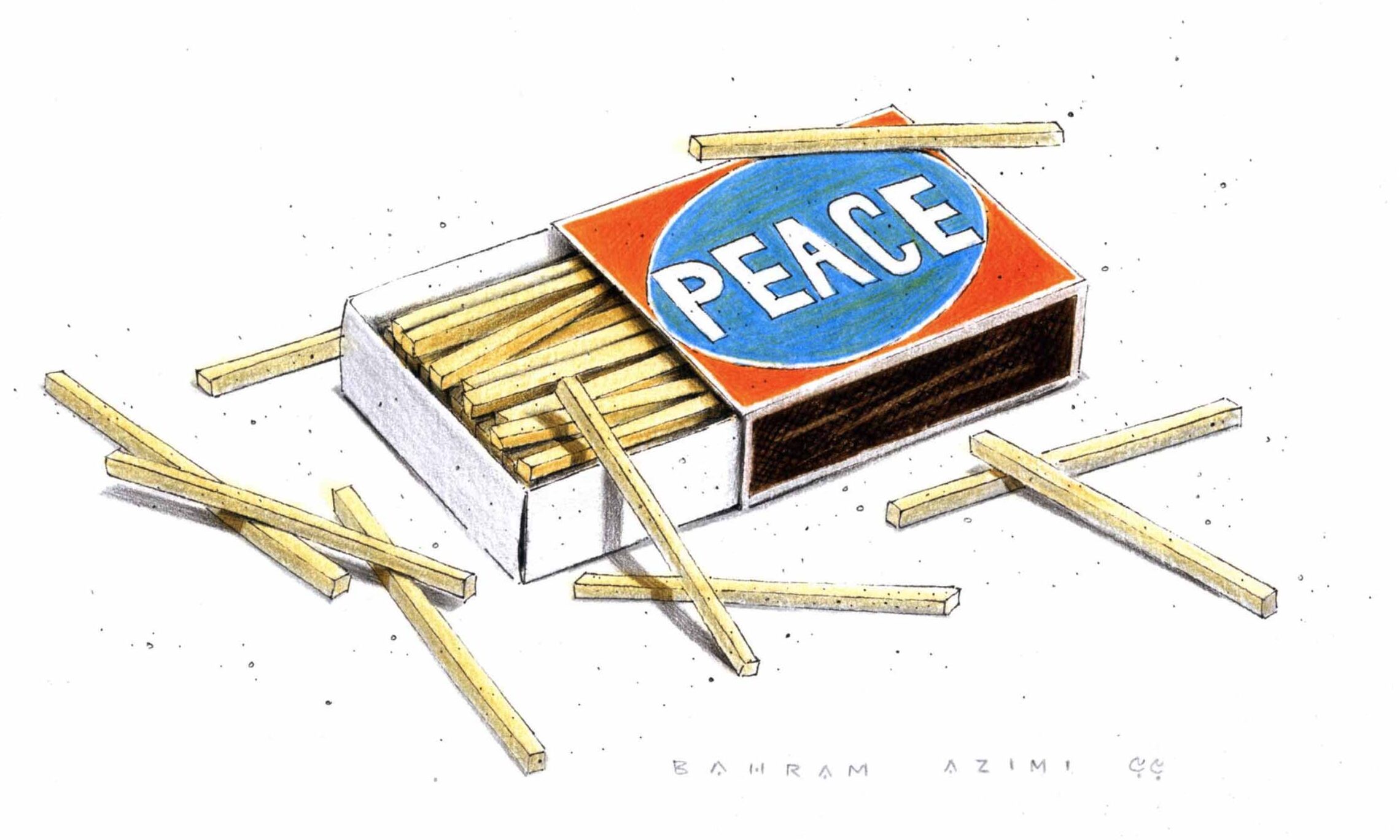

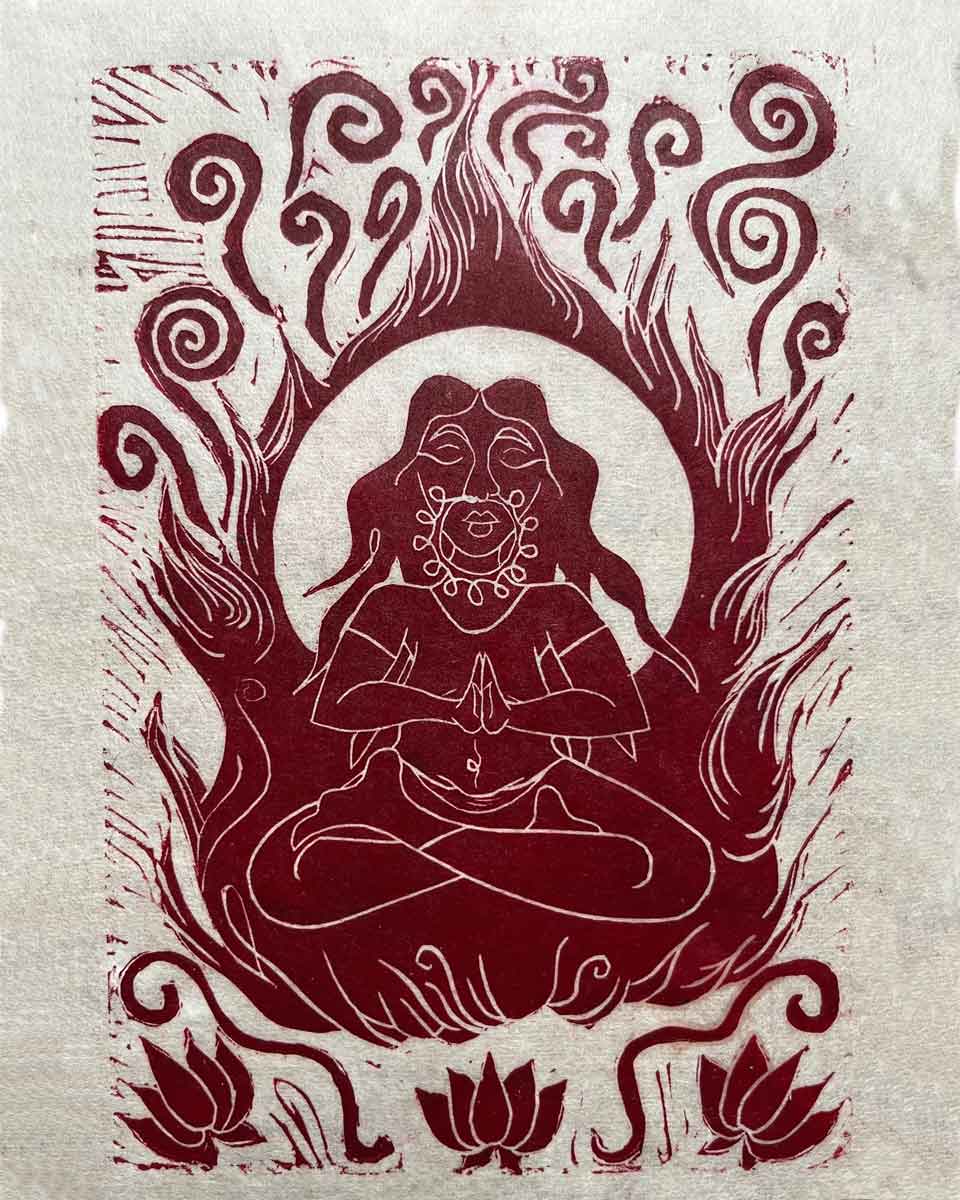
From Daya Varma (St. John’s, NL: 709-368 3252)
I wish to thank Maya Khankhoje for reviewing my book for Serai. At the same time I wish to express my disagreement with her on three issues raised in her review: 1. I fail “to make a feminist analysis of” the persecution of witches as “poor healers”; 2. I lump “major alternative healing systems… under the generic term of witchcraft” ; and 3. I am oblivious of the proven beneficial effects of ”acupuncture… the blood-pressure lowering effects of meditation and the possible benefits of the blood-thinners present in the saliva of leeches for the treatment of strokes.
1. I never said that witch hunt was directed against women healers. What I say is that witch hunt was directed mainly though not exclusively against women who were declared to be witches (criteria being worship of demons, malefic such as raising storm, destroying crops etc., nocturnal flight to the Sabbath, sex with demons and so on). Here is what I wrote:
“There are no witches in the real world. However, the culture generated by emerging capitalism, slavery, assertion of the power of the church and gender biases gave rise to the practice, primarily in Europe, of discovering witches and then burning them alive. In a modified form, the phenomenon of witch hunt continues today.” (Chapter 11, p. 223.).
I quote two well-known feminists Barbara Ehrenreich and Deirdre English, criticize physicians and pharmaceuticals for unethical use of hormones and contraceptive techniques in women and refer to almost all distinguished women scientists.
2. I treat all medicine not only alternative medicine as offshoots of witchcraft.
This is what I wrote:
“The modern medicine, like all schools of medicine, is a child of spiritual medicine commonly known as witchcraft. It has made gigantic advances, but not enough to remain unchallenged by other streams of the witchcraft. This book is an attempt to analyze how witchcraft unfolded into its different variants and why modern medicine is its most rational expression.” (p.15)
3. I am not dismissive of acupuncture. Here is what I wrote:
“There is no reason to dispute the role of the brain in almost any event occurring in the body. Likewise, there is no reason to reject the possibility that, in certain cases of acupuncture, pain can be relieved, which would be in keeping with the gate theory of pain (Melzack and Wall, 1965). It is true that I do not mention the blood-pressure lowering effects of meditation because I am dealing with therapy of hypertension as a disease, which prolongs longevity and reduces morbidity. I do talk of the use of leeches though not because they contain blood thinner but because they are blood suckers, which is desired in certain conditions. According to me every system of medicine pays attention to body-mind relationship.
Finally not all people who read book reviews read the book. It is expected the review is factually correct and criticism is directed against the main thrust of the book.
I thank Dr. Varma for clarifying his authorial intent. In some cases I have obviously misunderstood him, in others he has misunderstood my review.
1. I never suggested that Dr. Varma said that “witch-hunt was directed against women healers”. Just the opposite, I expressed regret that Dr. Varma did not realize how many women in medieval Europe were actually persecuted as witches on trumped-up charges such as the ones he mentions in his comments precisely because of their healing capacity and their knowledge of abortions and birth-control. Nor did I say women were poor healers. Dr. Varma forgot to quote this part of my sentence, suggesting a hypothesis: “not because they might be poor healers”. For a brilliant and cogent analysis of the persecution of women healers in medieval Europe please read: “Anarchism and Feminism. The Earliest Practitioners” by Barbara Ehrenreich (Ph.D. in cellular biology) and Deirdre English (former editor, Mother Jones). Dr. Varma’s comments on quoting distinguished women scientists are most welcome but never once did I suggest that he did not! (In fact, we seem to have read the same authors, albeit not the same papers.) My comment referred exclusively to the role of “witches” in medieval medicine.
2. I entirely agree with Dr. Varma and welcome his very important quote on the origins of modern medicine.
3. I apologize for having felt that Dr. Varma was dismissive of acupuncture. He was obviously not. My confusion arose from his different comments on the “yang-yin” theory and the following comment when comparing it to dialectical materialism. “It might also be a reflection of my own misinterpretation of the “yang-yin” concept.” (Varma, page 152.) I also did him a disservice when suggesting that he neglected the mind-body connection. He did not. (In my lay person’s mind, yin-yang is closely linked to the mind-body connection).
I apologize if I have misled anyone, but considering that my review is overwhelming in its enthusiastic endorsement of the thrust of the book, I hope that it is widely read. The book deserves to be read, but most importantly, you, the reader, owe it to yourself to read it.
Maya Khankhoje, 10 August 2011.
Quote from Maya Khankhoje:
“He emphatically differentiates what he calls “witchcraft” from what he calls materialist medicine, but fails to make a feminist analysis of how witches in medieval Europe were persecuted, not because they might be poor healers, but because of the threat they posed to a patriarchal and ecclesiastical political order. Women who could not only heal, within the limits of the knowledge of their times, but also provide contraception and abortions, were a threat to male authority.”
Quote from the book by Varma:
“There are no witches in the real world. However, the culture generated by emerging capitalism, slavery, assertion of the power of the church and gender biases gave rise to the practice, primarily in Europe, of discovering witches and then burning them alive. In a modified form, the phenomenon of witch hunt continues till today.” (p. 223)